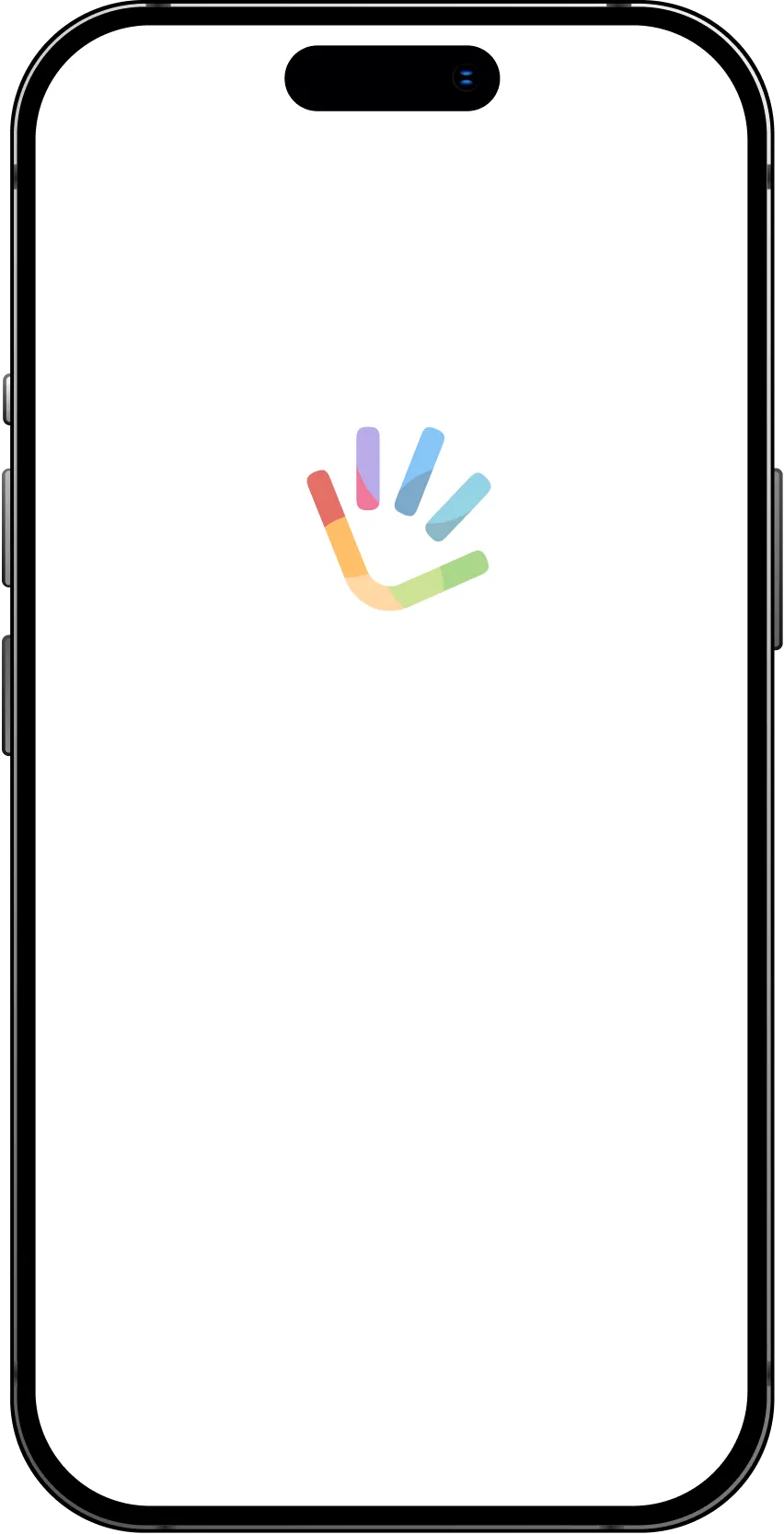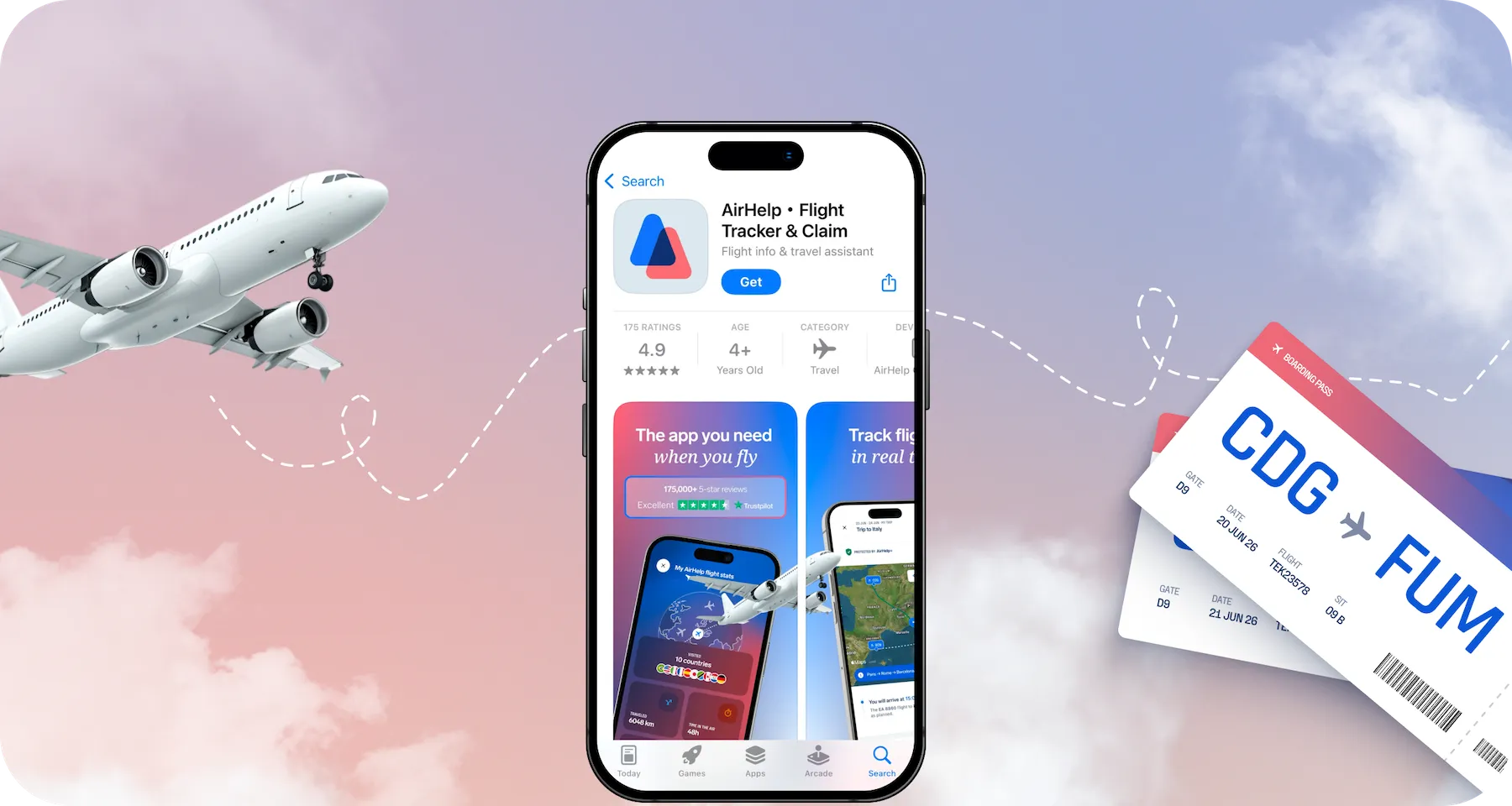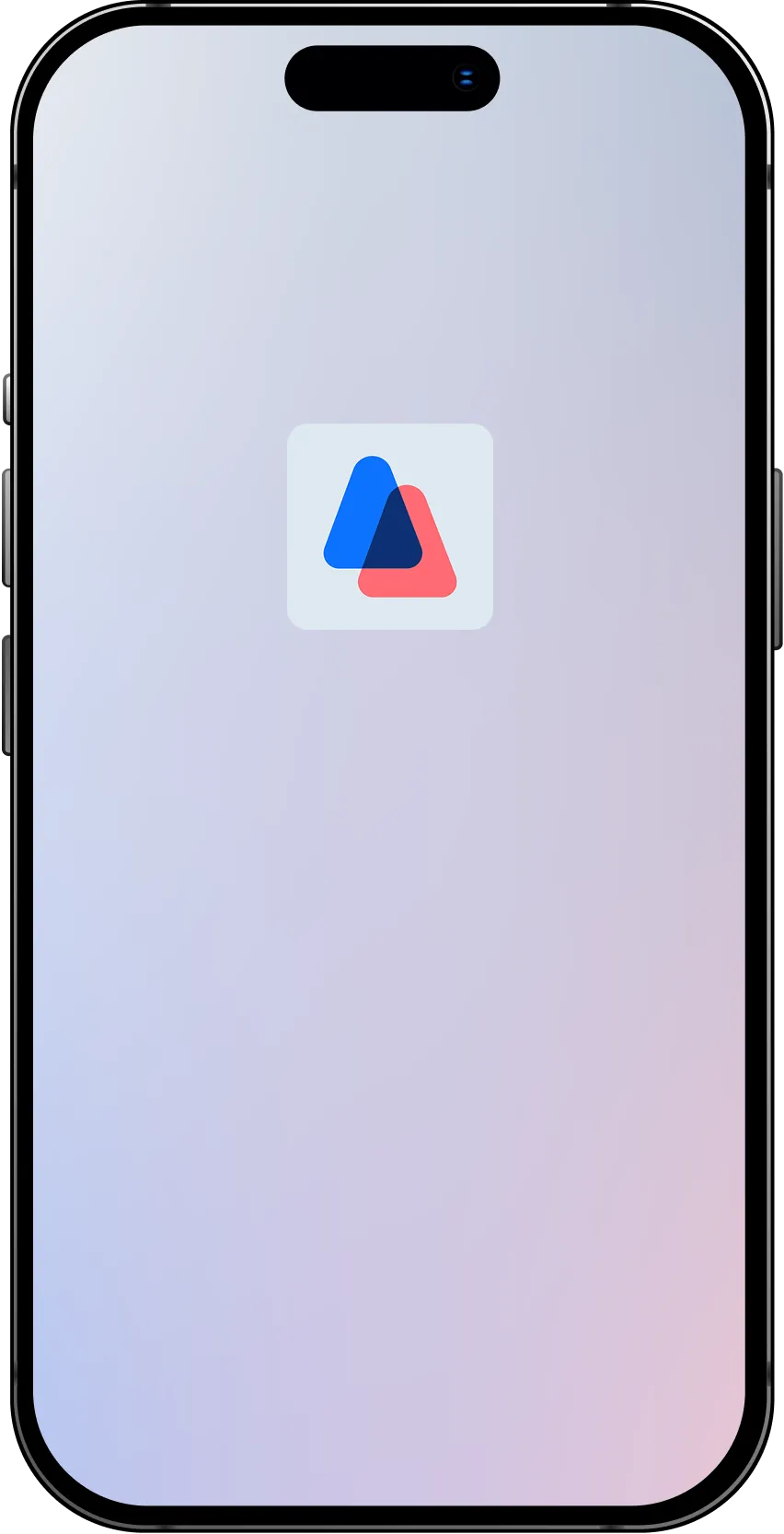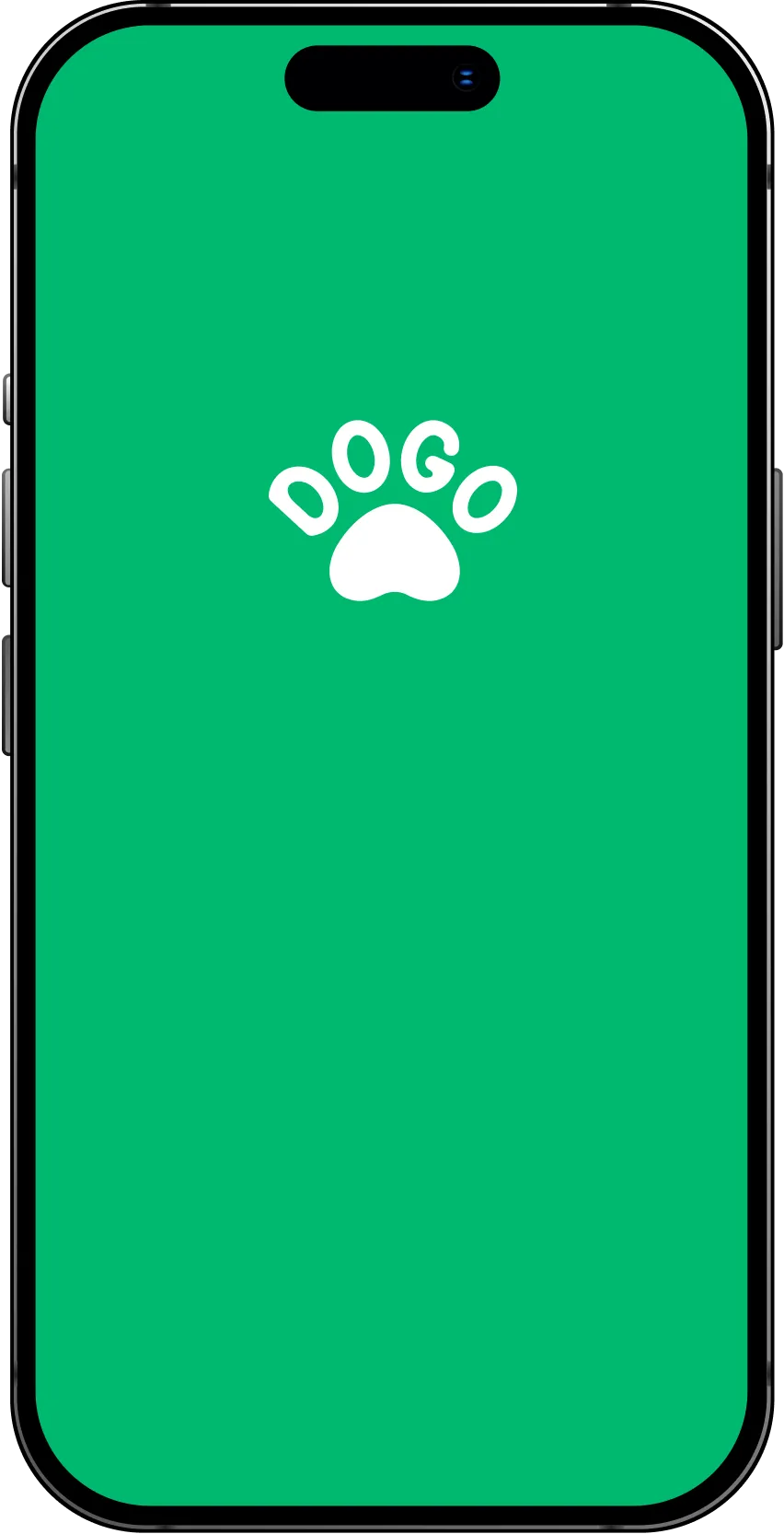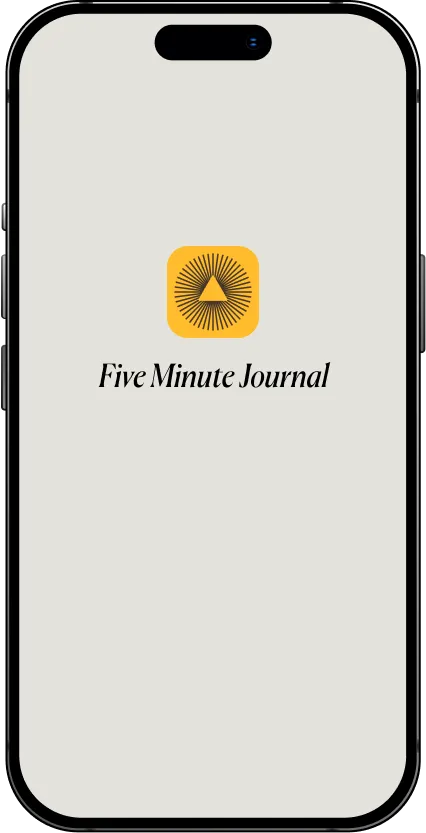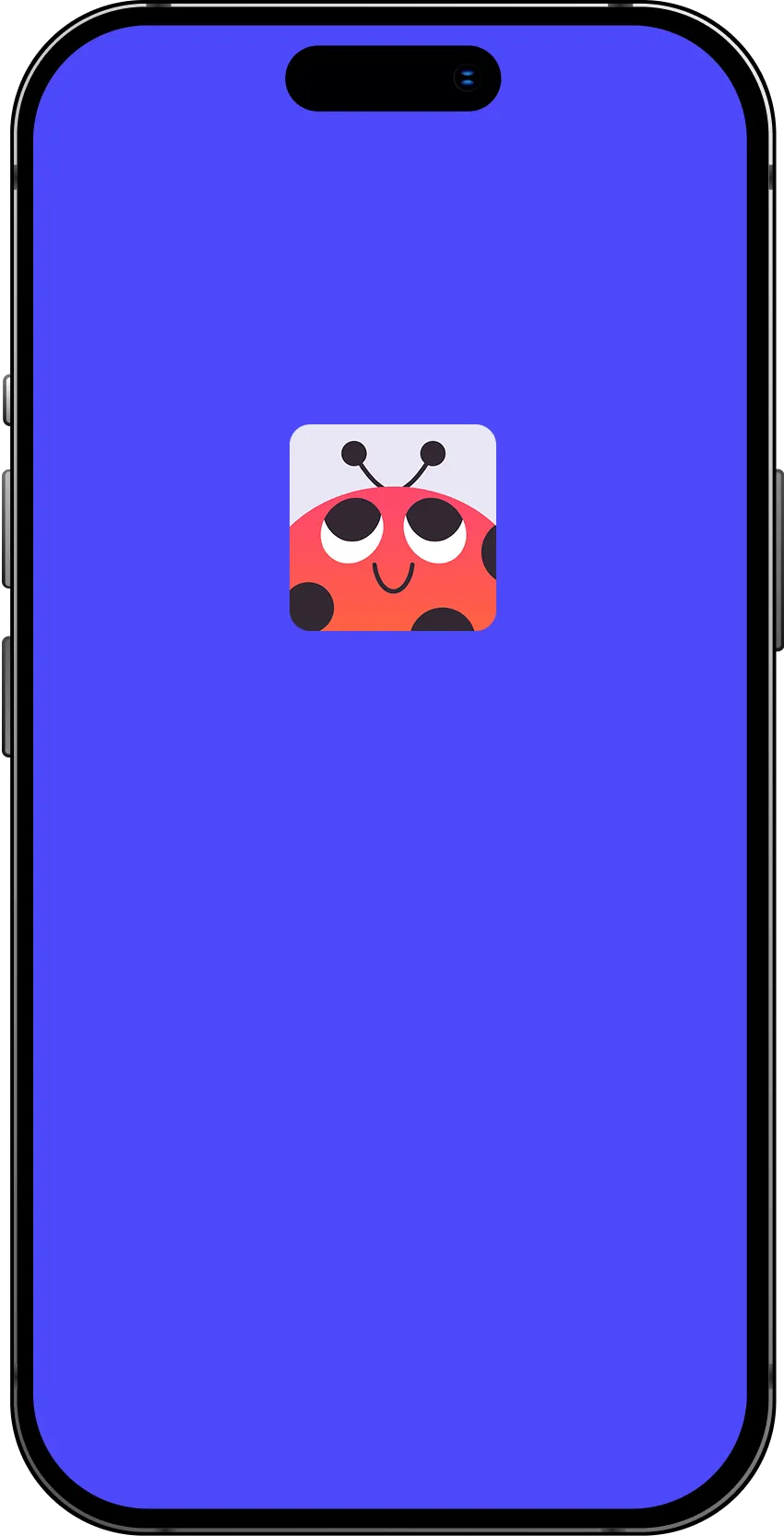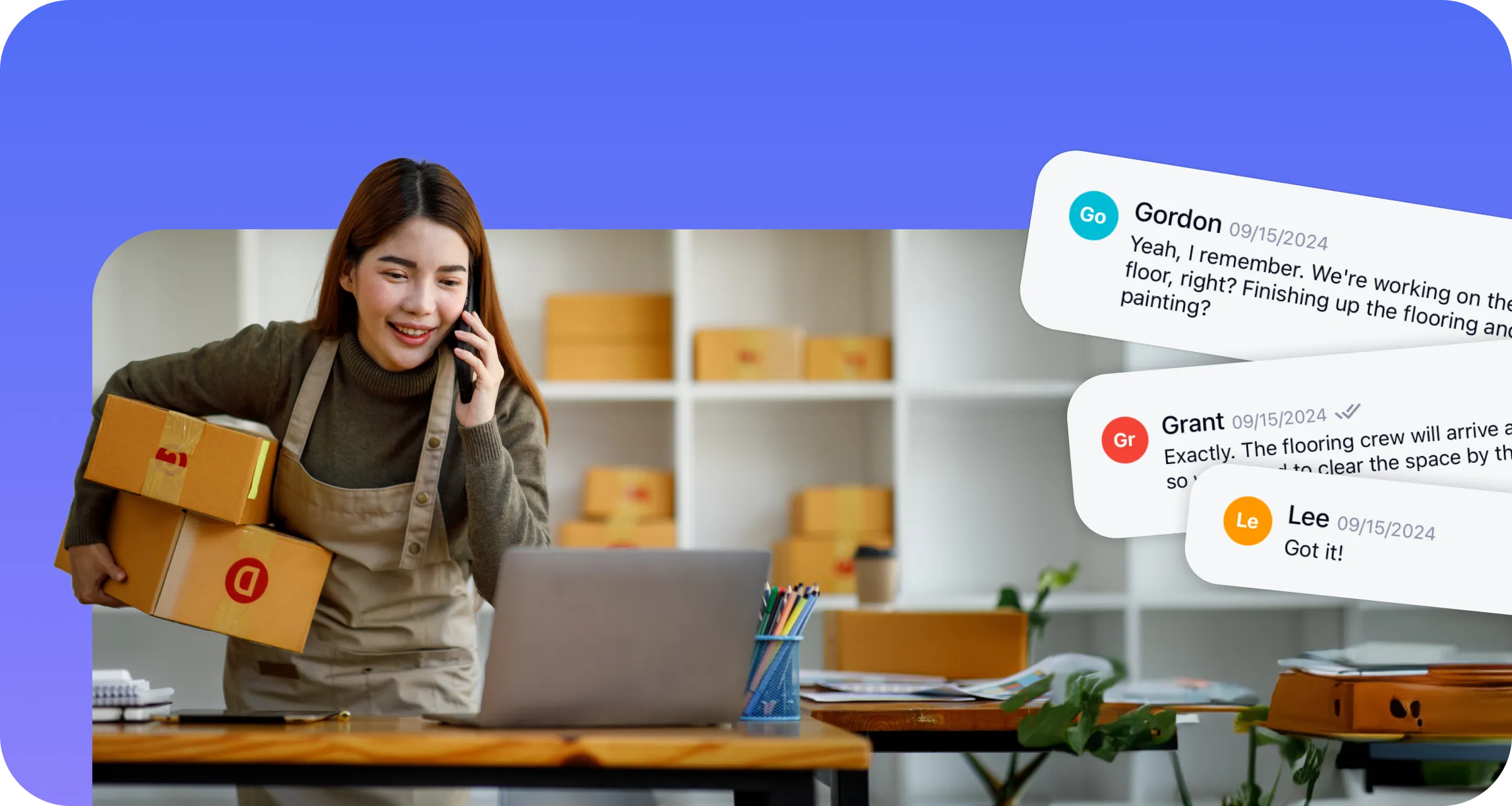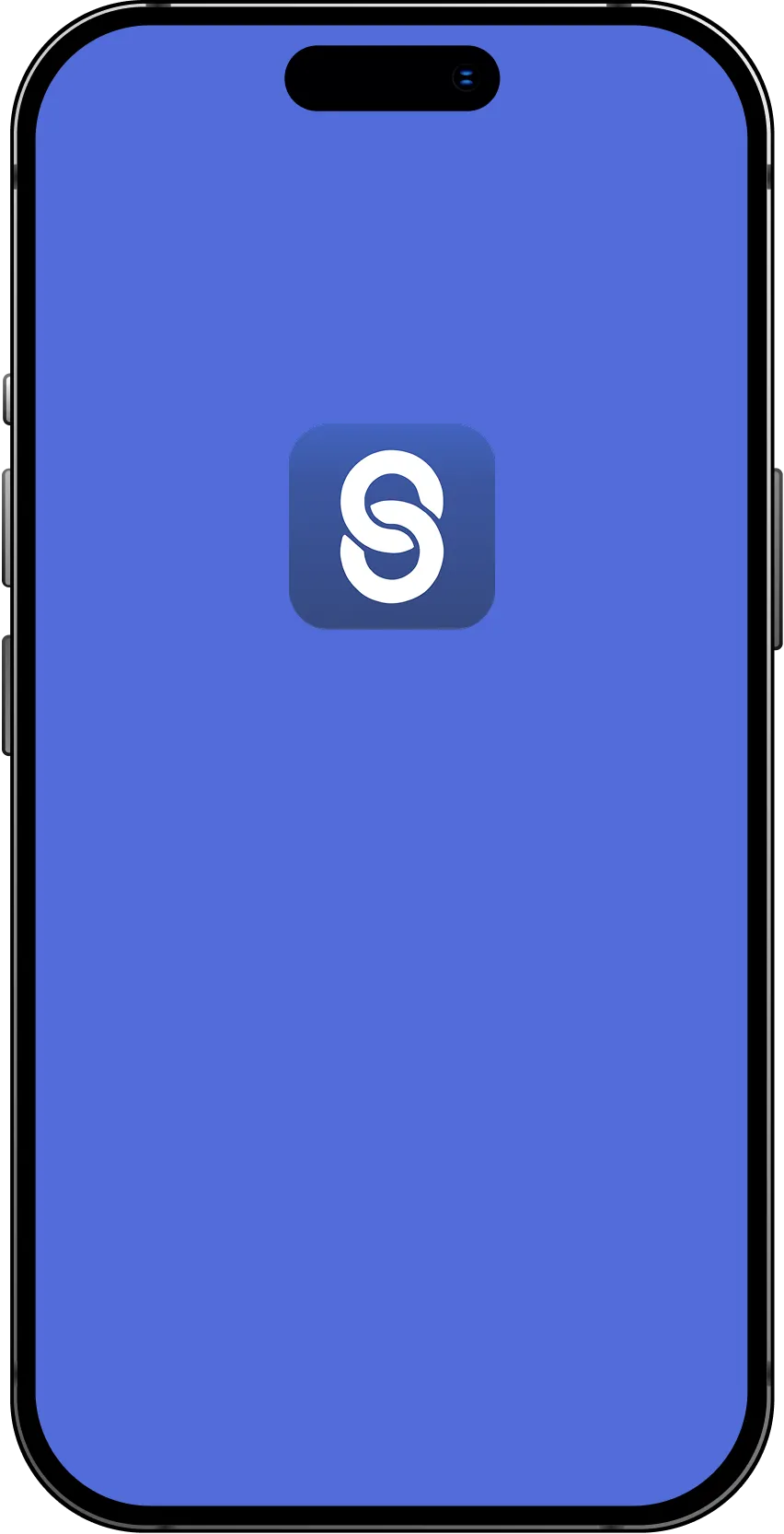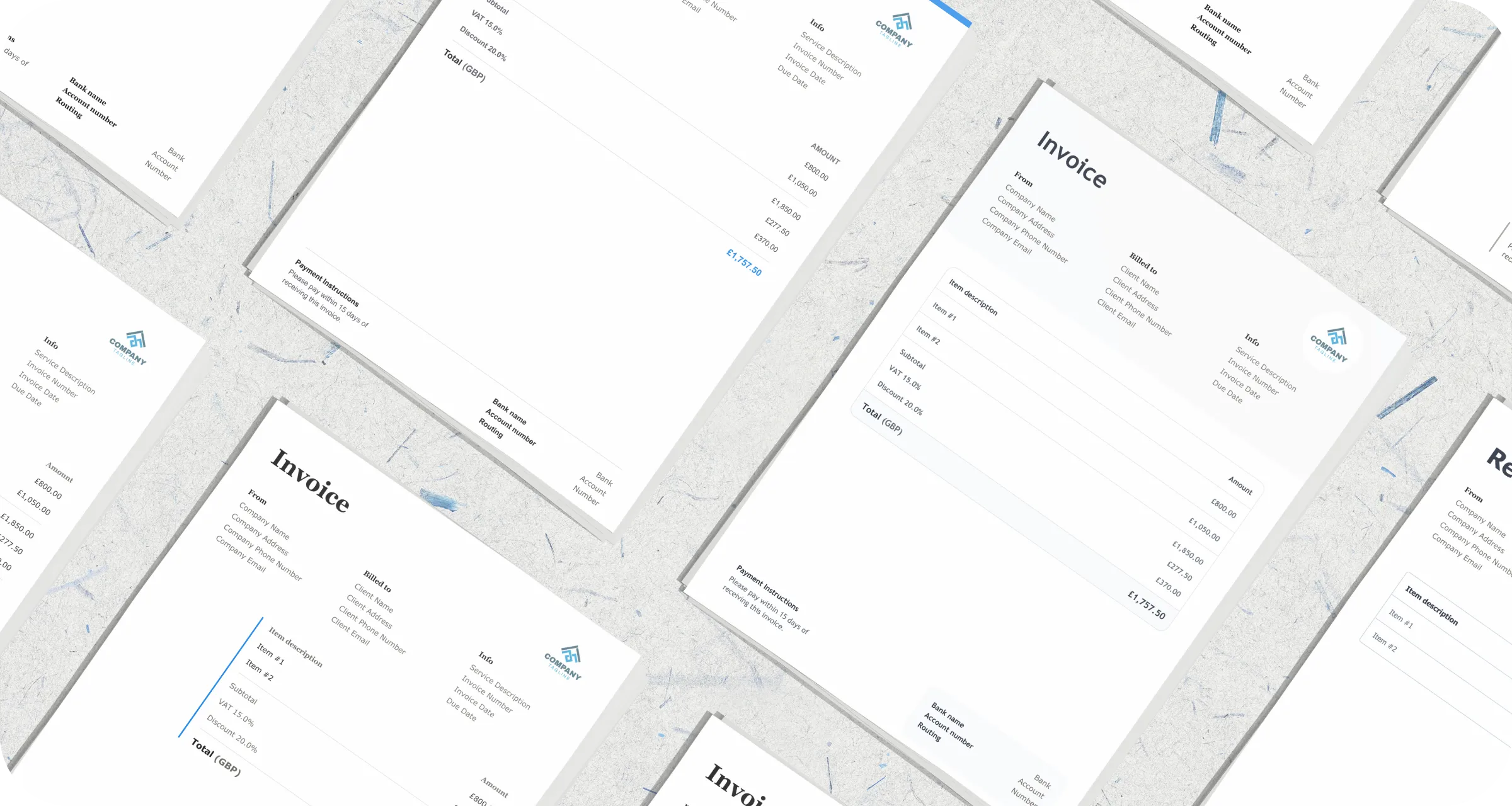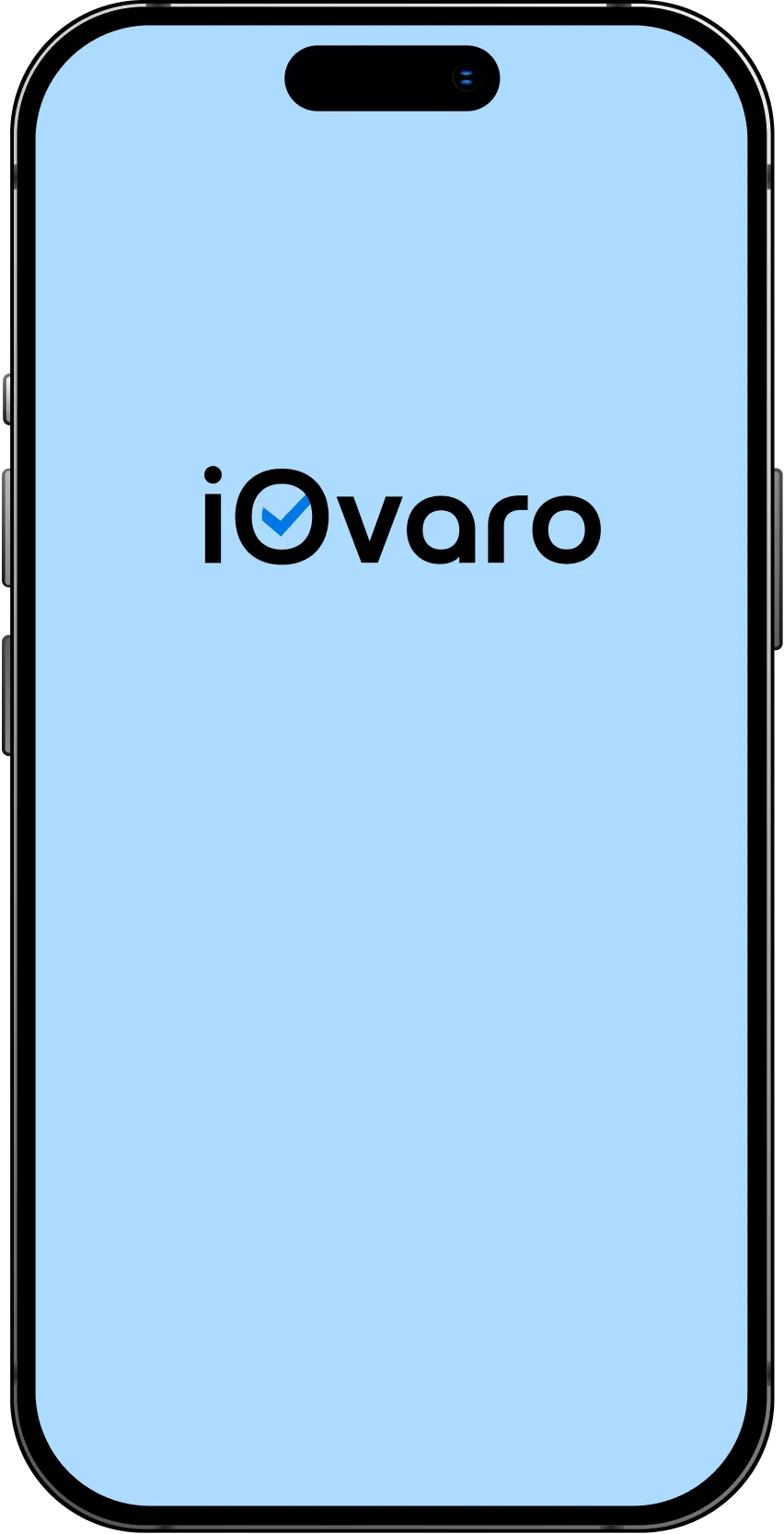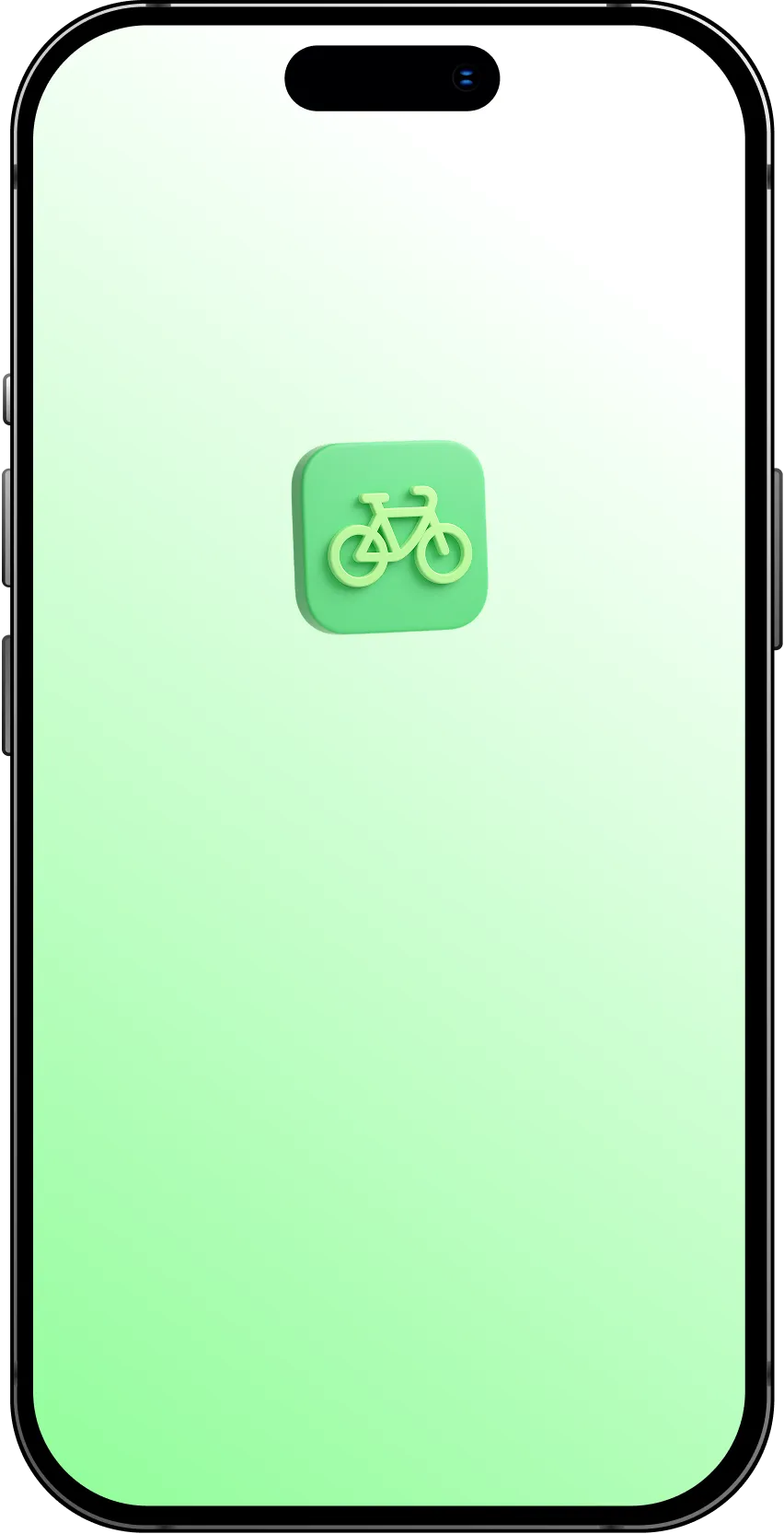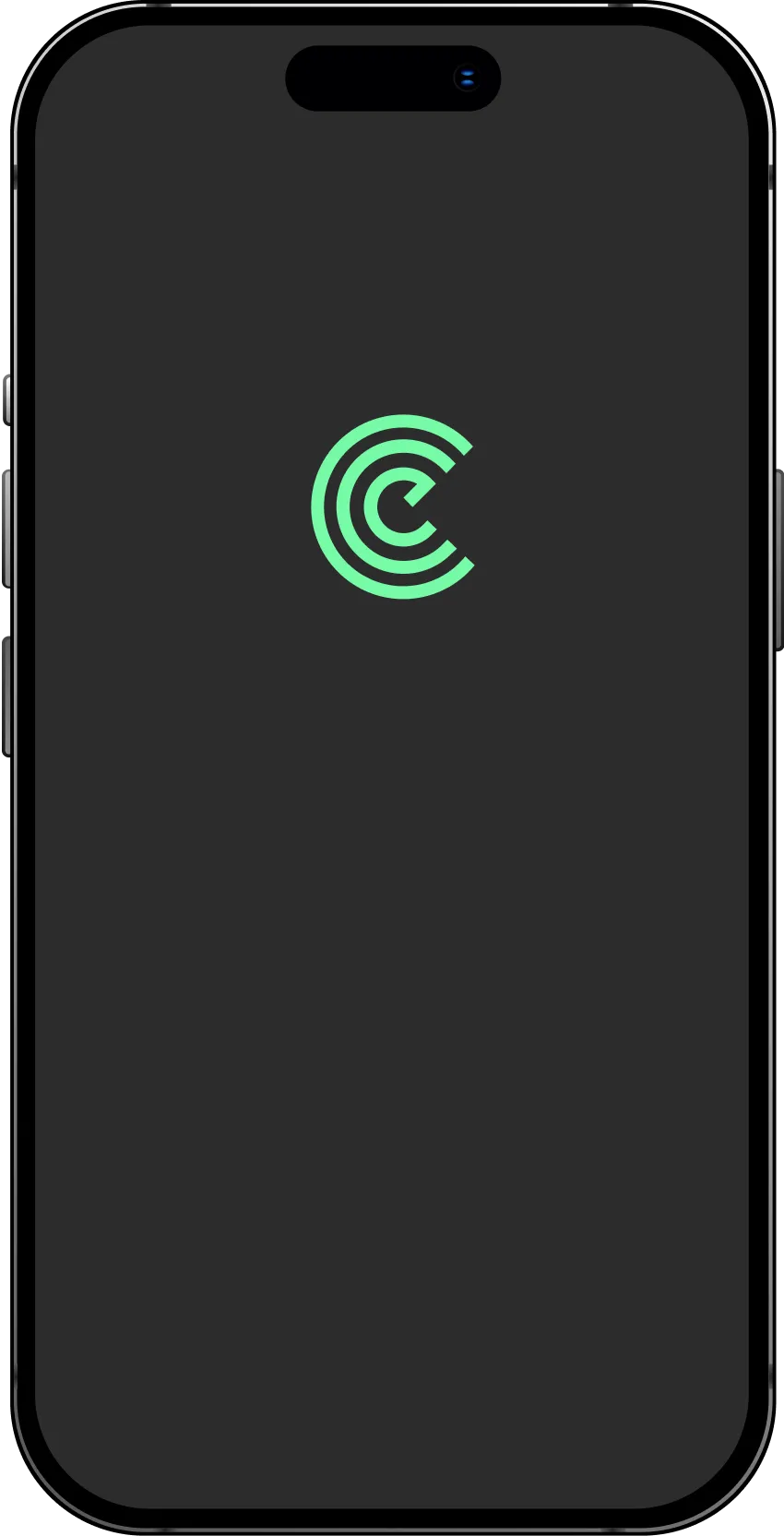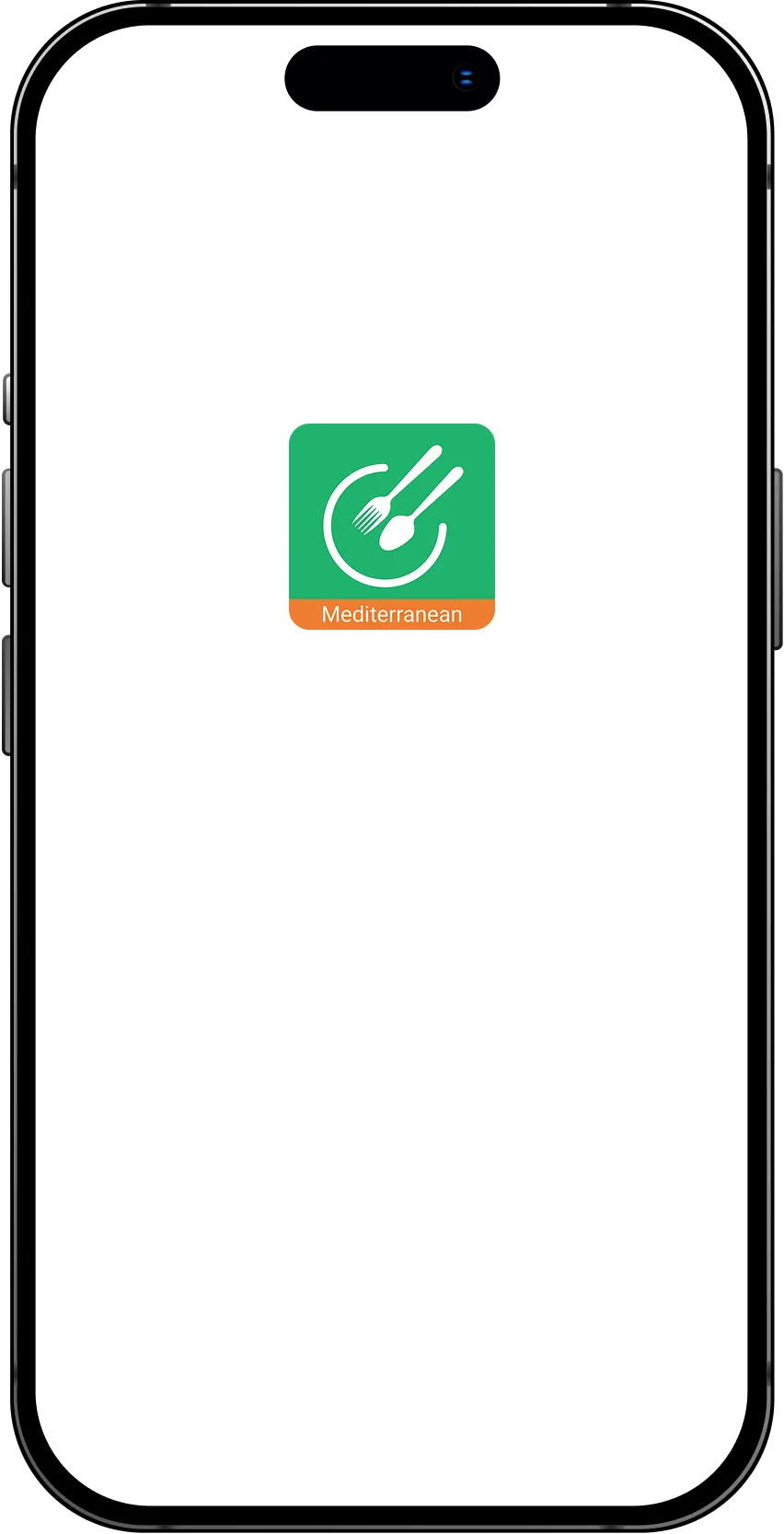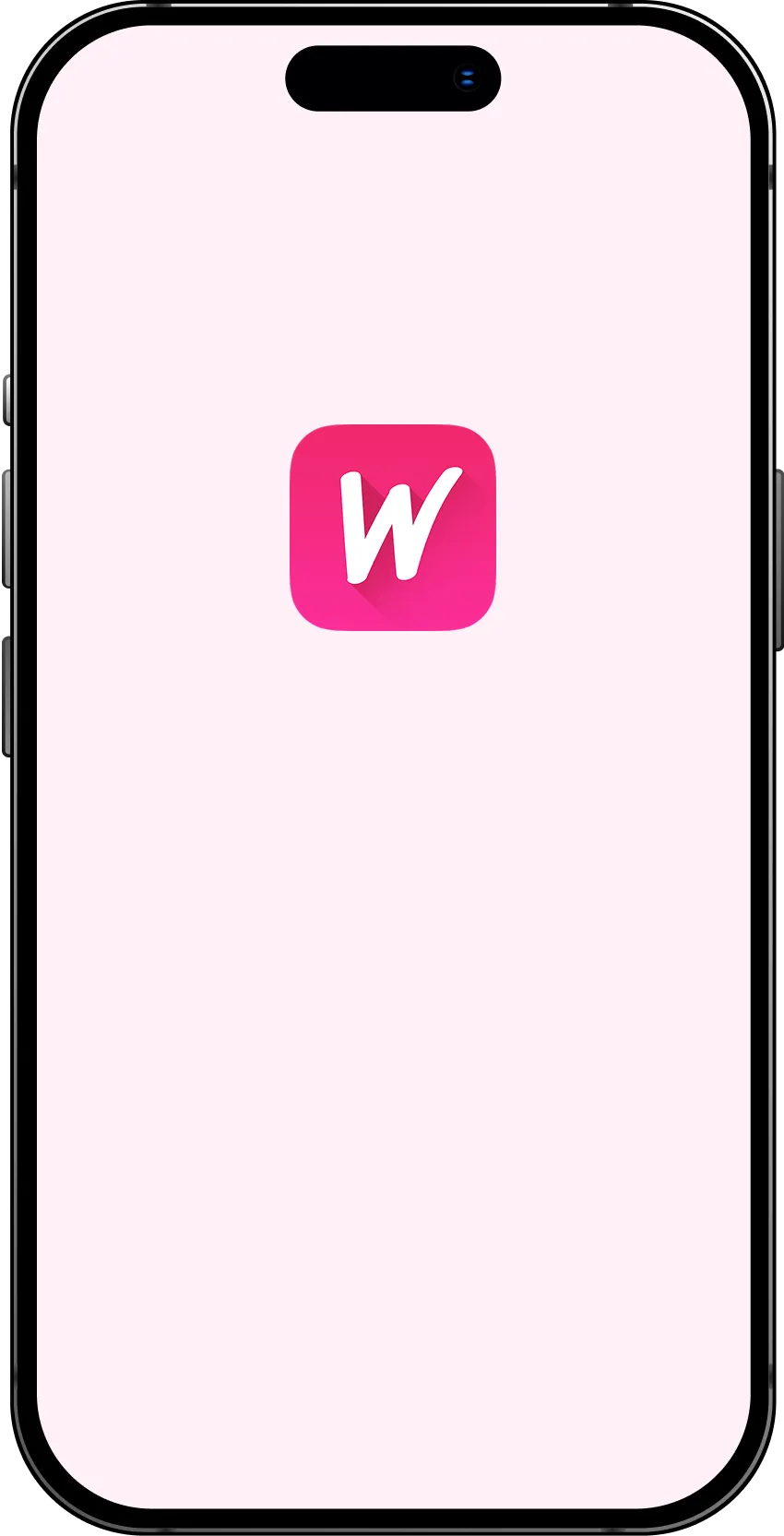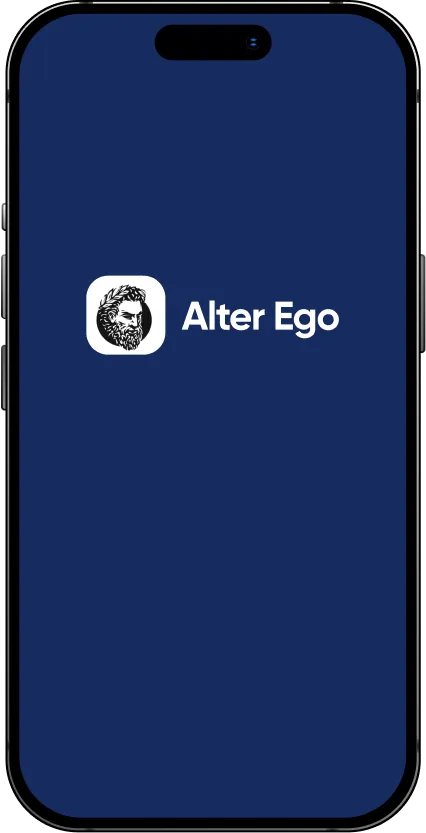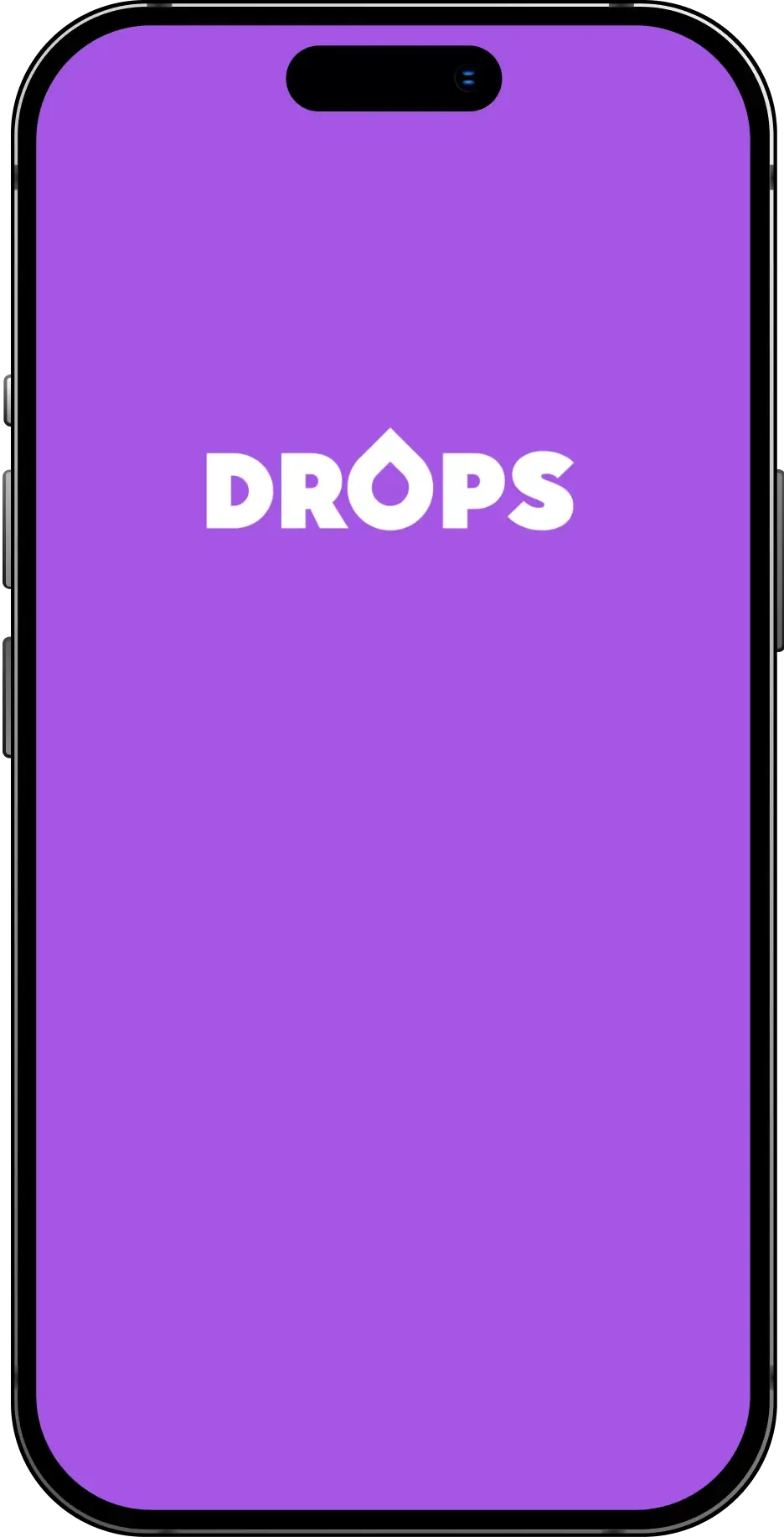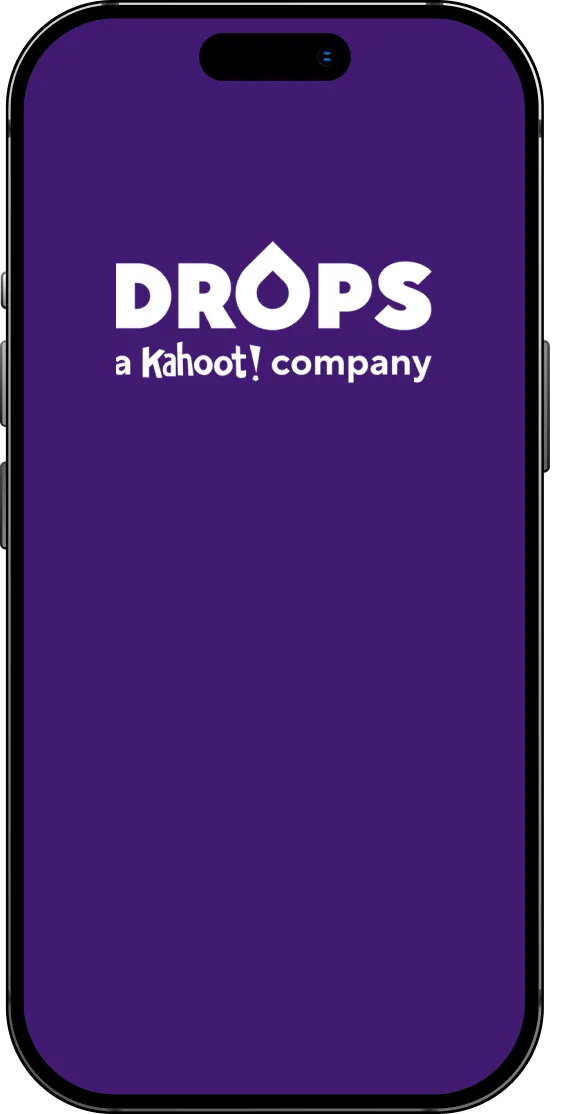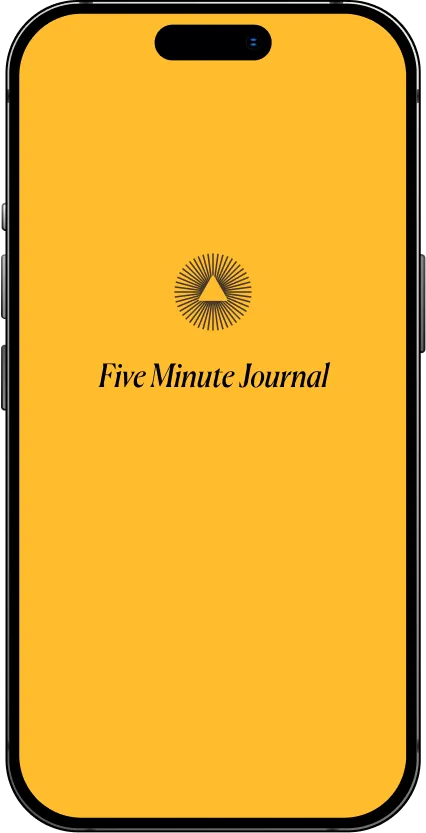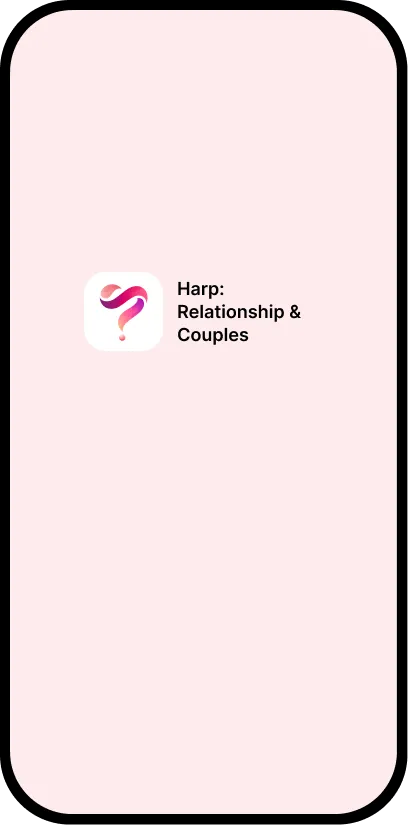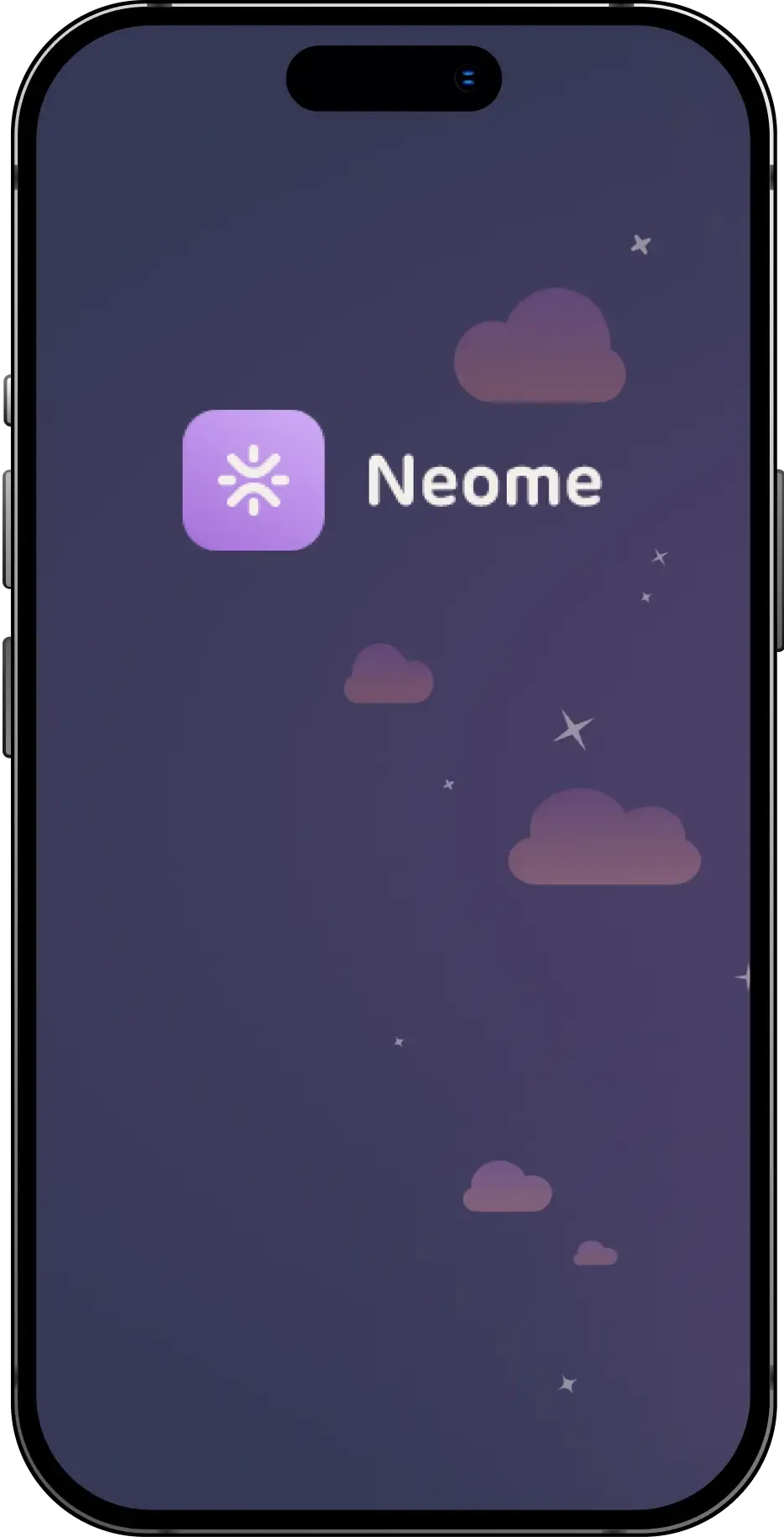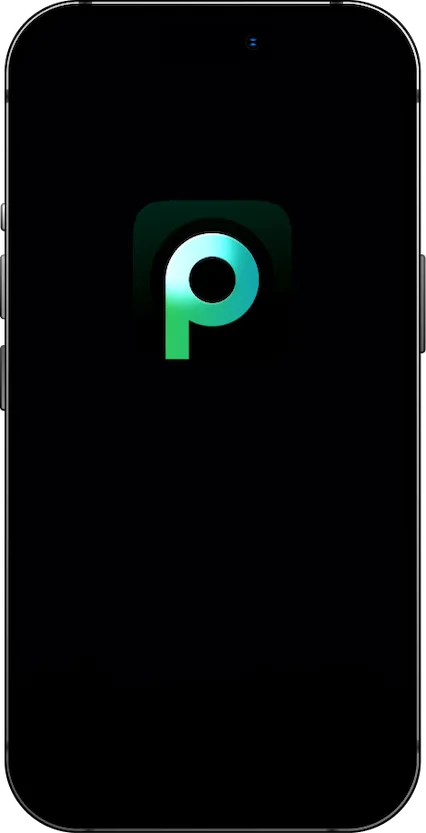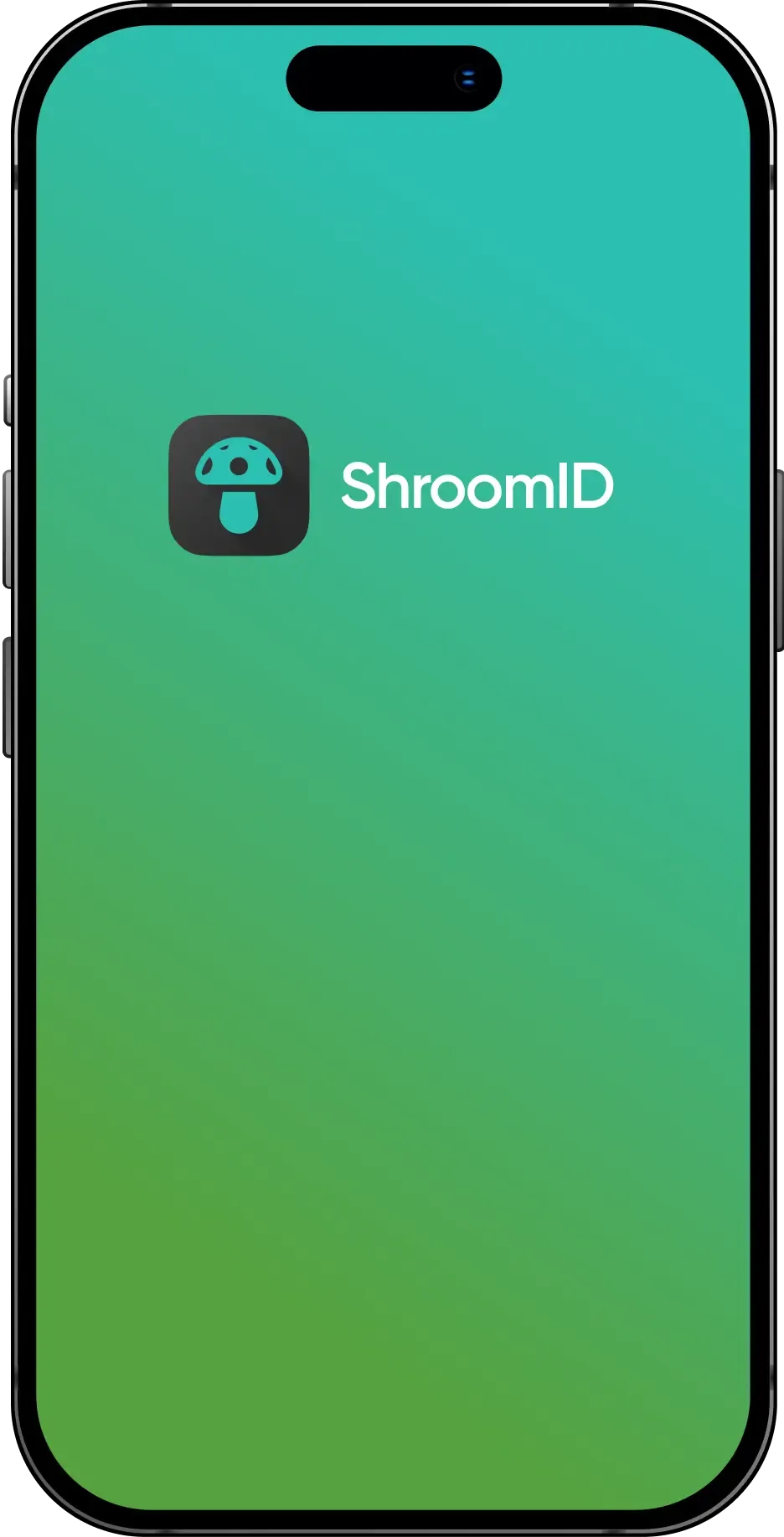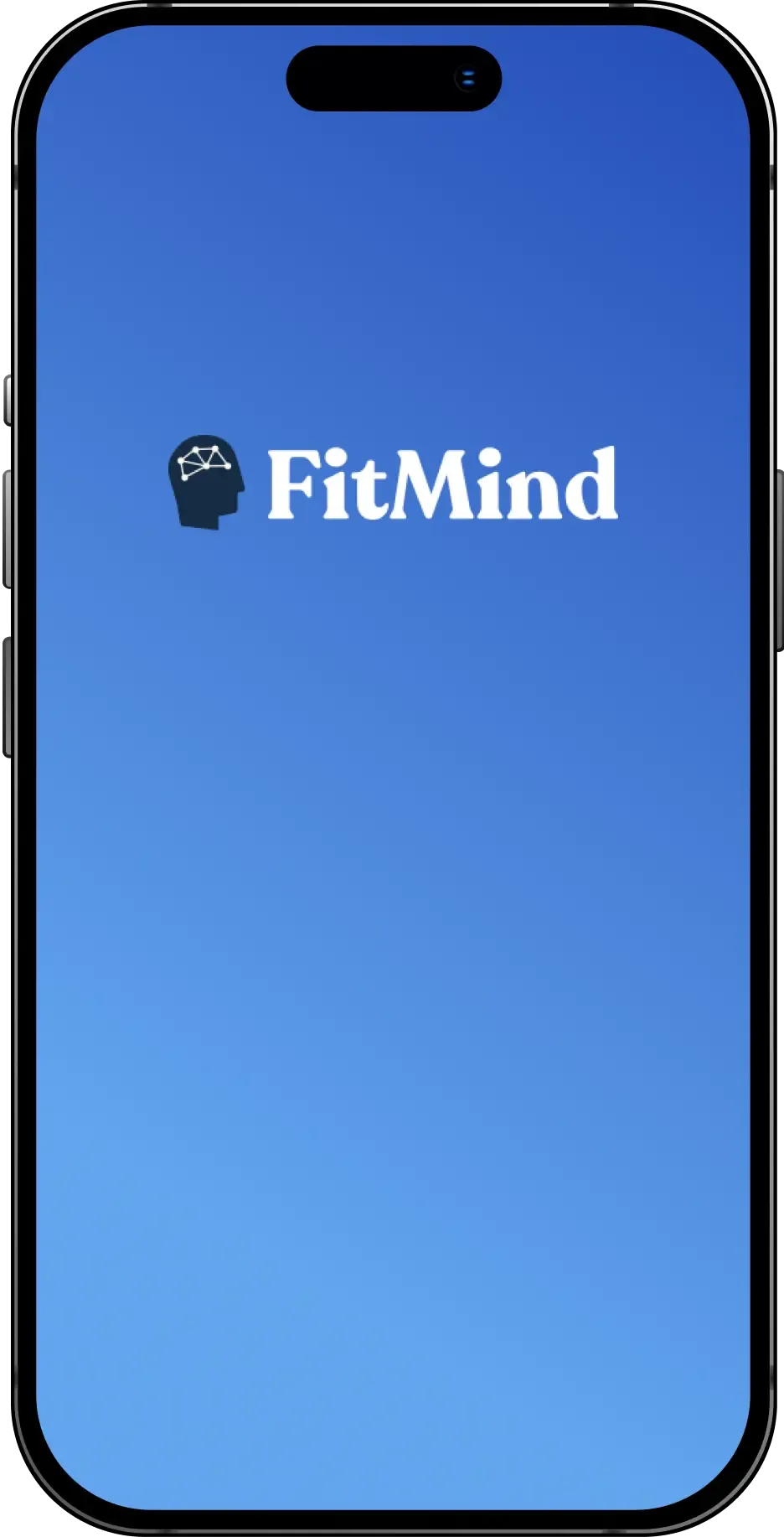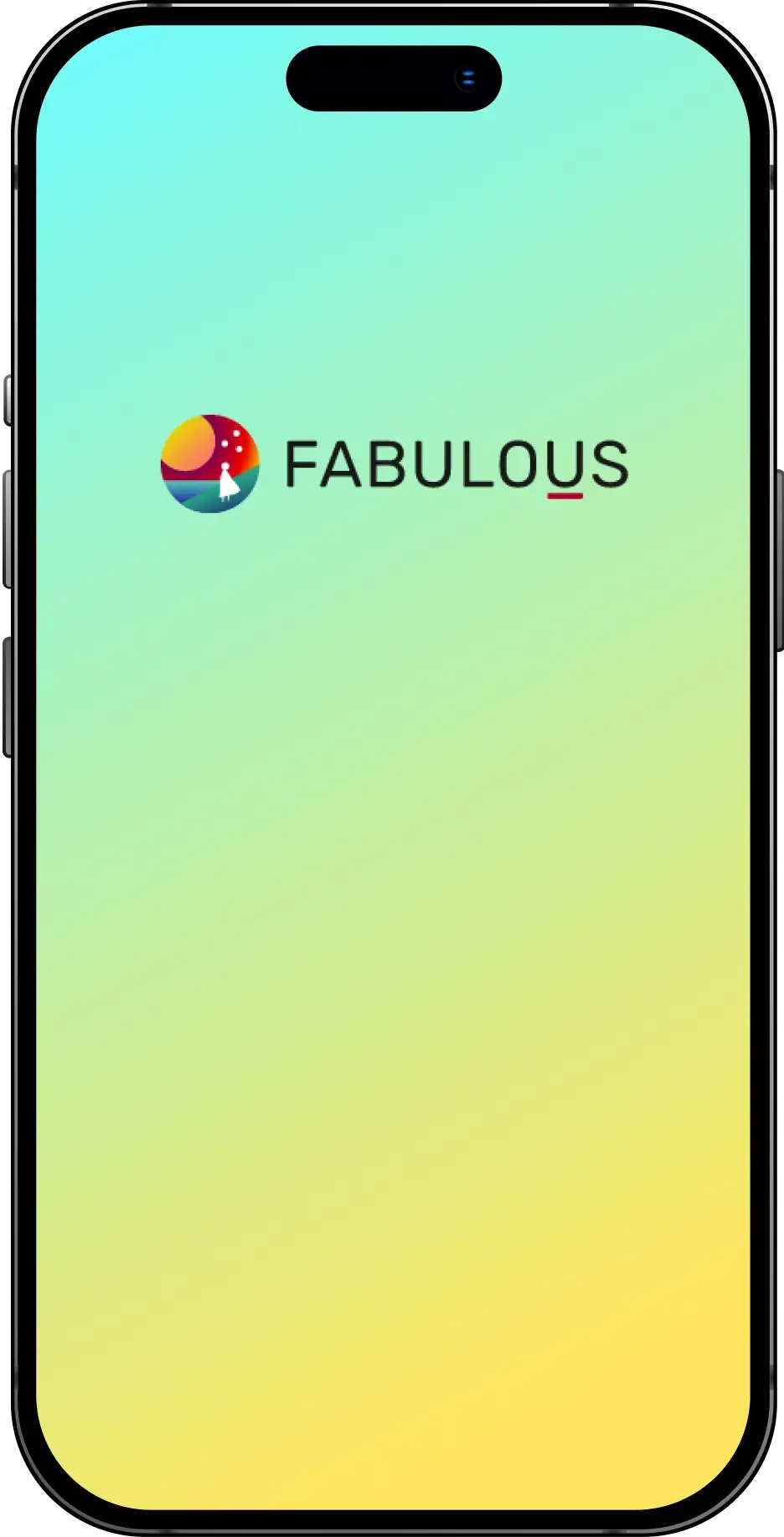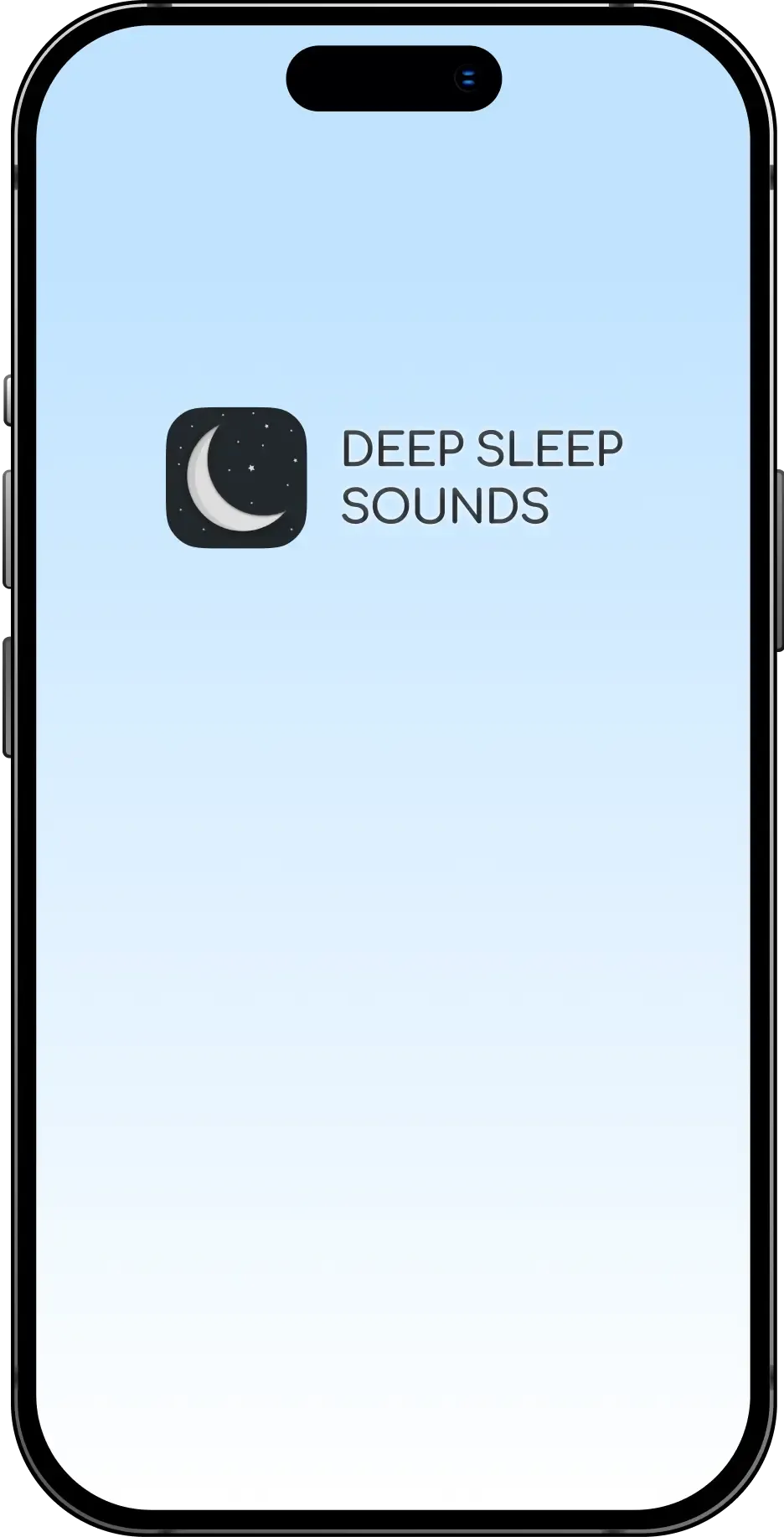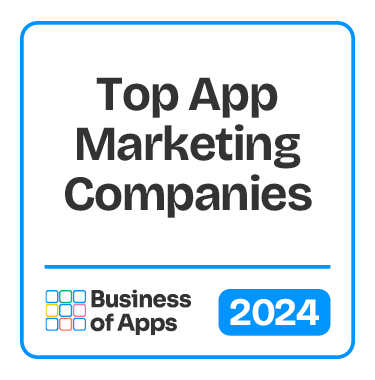Research
Part 1. Evaluation of the old onboarding and paywall
Based on our agency's experience with similar apps, the original flow appeared outdated and lacked several proven onboarding elements:
01 Social proof
Missing clear testimonials or data that could build trust and encourage immediate engagement.
02 Benefits-focused messaging
The old flow described "what" the app offers without emphasizing "why" it matters to the user or how the features help them achieve their goals.
03 Goal-oriented Paywall
The paywall screens did not articulate the connection between the app's features and the users' desired outcomes (e.g., mastering ASL for communication or professional development).
Part 2. Quantitative research - MaxDiff survey
To determine which features were most valuable to users, we conducted a MaxDiff survey. The results showed that three features stand out:
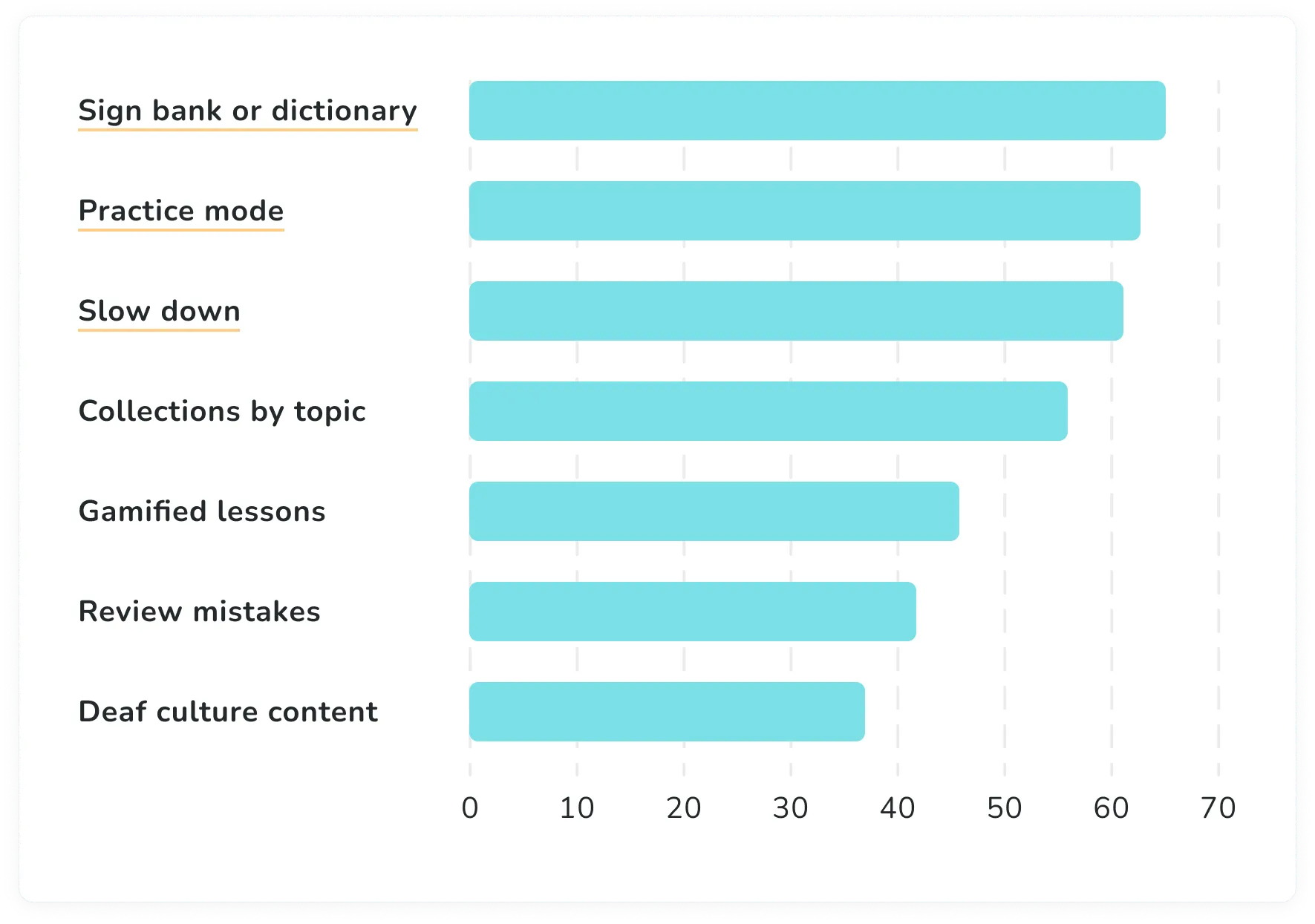
Part 3. Qualitative user research insights
Through the feedback of users, we uncovered the following:
01 Teacher profiles & misunderstandings
The screen showcasing teachers was often overlooked, with participants unsure if they were Deaf or how they contributed to the learning experience.
02 Global perspective
Users expressed interest in seeing support for other sign languages or at least an indication that learning material is accessible worldwide.
03 Desire for authenticity & credibility
Many interviewees wanted assurances that lessons are taught by qualified individuals (preferably Deaf educators) and that cultural nuances were accurately represented.
04 International appeal
Learners appreciated any mention of international reach and the availability of sign language resources beyond ASL, signaling the app's broader relevance.
05 Support for deaf inclusivity
Users emphasized the importance of promoting inclusivity for Deaf individuals, expressing that using the app was a way to contribute to broader social change and reduce communication barriers.
Part 4. Summary of the Challenges and Proposed Solutions/Hypotheses
Challenges Identified:
- Outdated onboarding that did not highlight user benefits or utilize social proof.
- Lack of clarity on teacher credentials and the global scope of sign language education.
- Insufficient emphasis on the highest-value features before the paywall.
- Paywall screens that failed to connect app features with users' learning objectives.
Proposed Solutions & Hypotheses
Revamp onboarding Flow
Integrate social proof (testimonials, user stats) and emphasize ASL Bloom's benefits, while highlighting our Deaf educators' expertise and international teaching presence.
Highlight top features
Present the most valued features (sign bank, practice mode, slow down function) prominently before any paywall prompt, hypothesizing that early exposure to core benefits increases conversions.
Refine paywall messaging
Focus on specific user goals (improving communication, professional growth, connecting with Deaf community) and strategically link these desired outcomes to premium features.
Strengthen global & cultural credibility
Showcase authentic international user stories and valuable Deaf culture insights throughout the experience, strategically aiming to boost user trust and enhance sense of inclusivity.
UX/Ul design
Sign-in
The sign-in screens set the stage for engaging diverse user segments by immediately showcasing the app's inclusivity and relevance. Featuring real photos of teachers and learners demonstrates that ASL Bloom is suitable for users with varied backgrounds and goals.
Teachers testimonials
By highlighting endorsements from professionals in deaf education and showcasing the app's proven success, this group builds trust and credibility. It reassures new users that they are investing in a trusted and effective solution.
Past experience
Understanding the user's background, current proficiency, and learning challenges helps personalize their journey. Tailored onboarding ensures the app feels relevant, setting the stage for higher engagement and satisfaction.
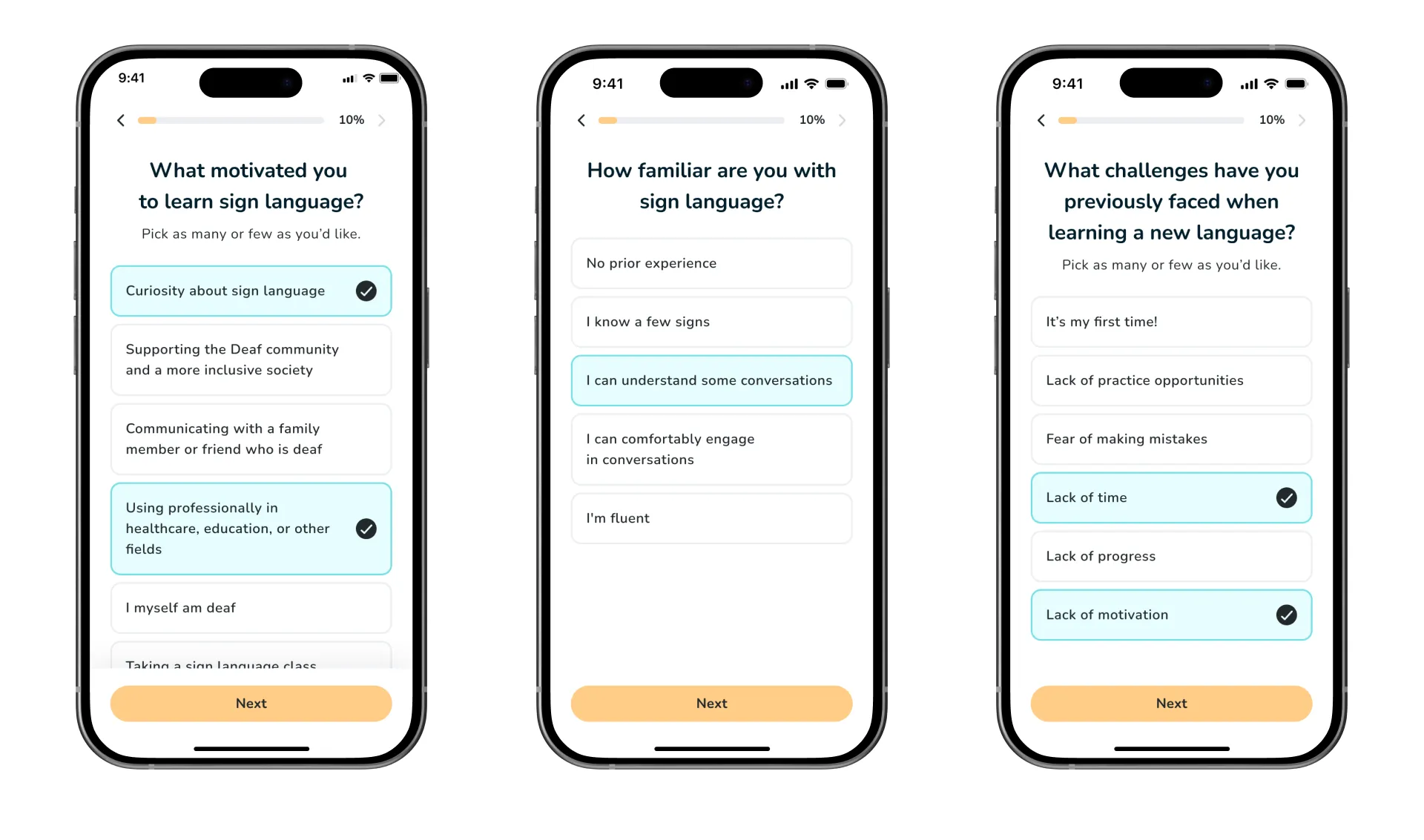
Quiz changes/additions
Social motivation
This group focuses on connecting users to the broader significance of ASL. By exploring their background in deaf culture and affirming the social value of ASL, these screens create a personal and emotional connection, boosting motivation to continue learning.
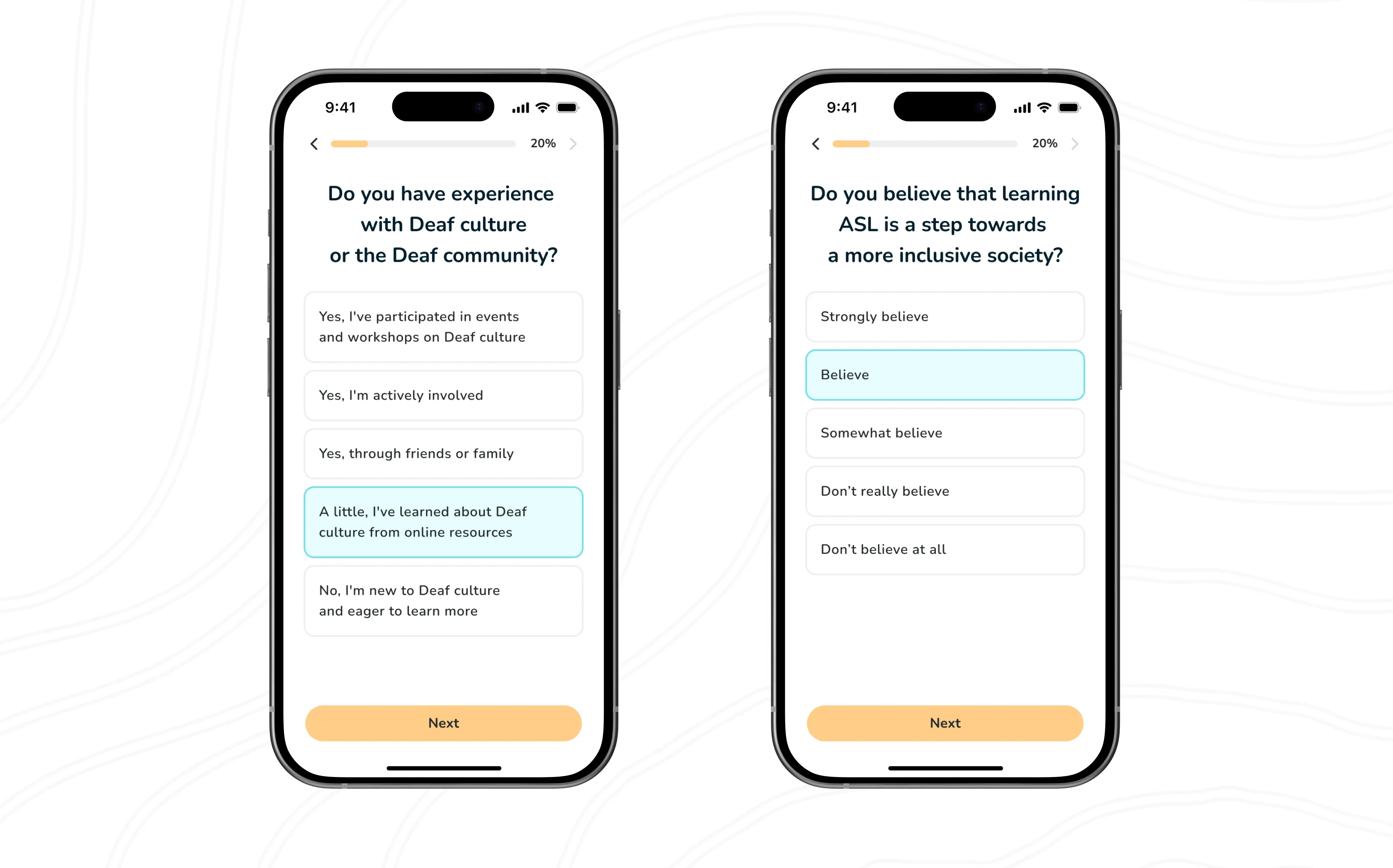
Learning aspects
Customizing the learning experience based on users' interests and time availability ensures realistic progress expectations. By displaying tangible outcomes (e.g., words/signs learned per day), the app encourages commitment and sets clear goals.
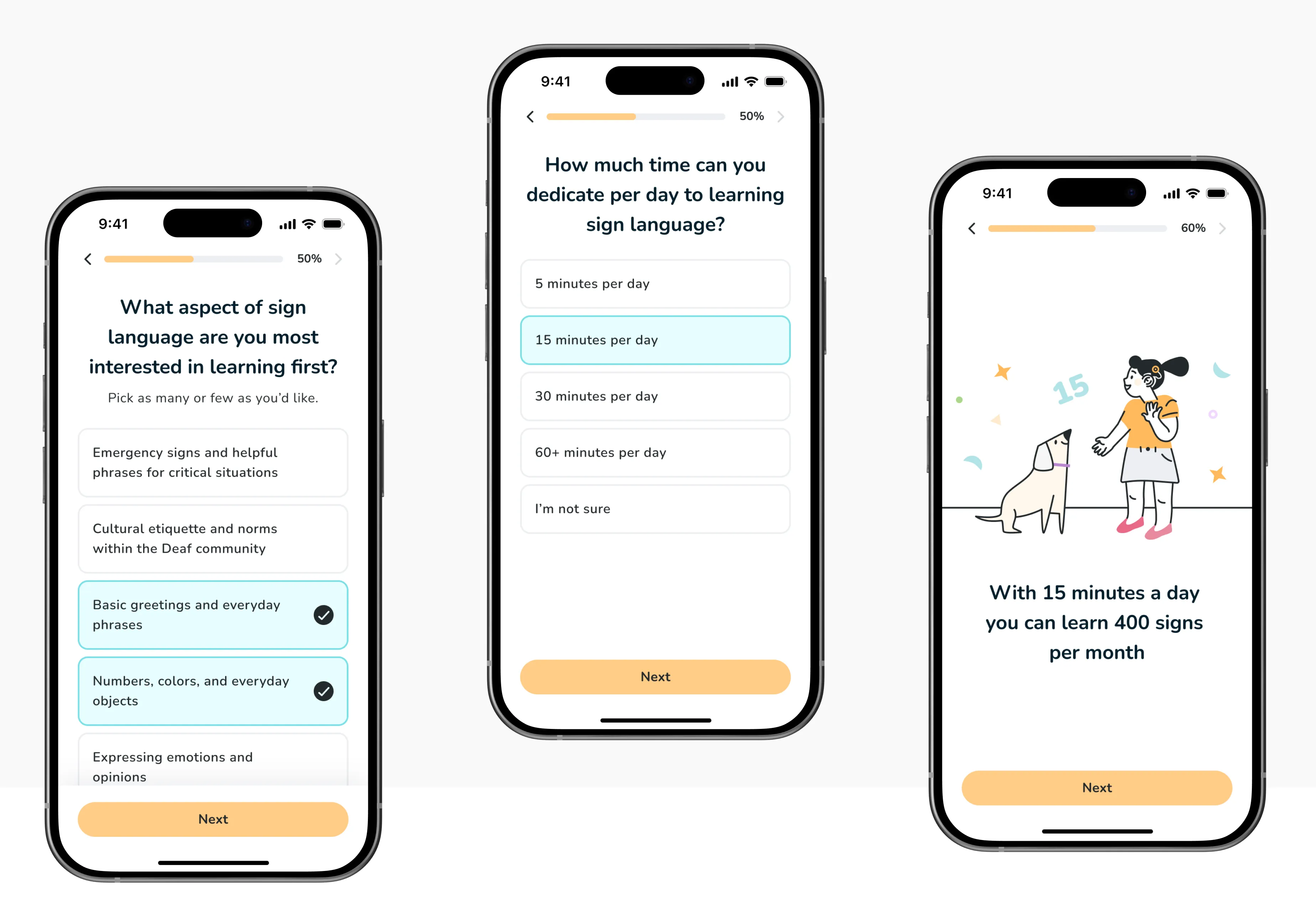
Paywall
Breaking the paywall into two screens simplifies the decision-making process. The first screen reinforces the app's value by emphasizing key features.
The second screen focuses on the trial timeline to reduce friction in committing to a subscription.
Typography & Colors
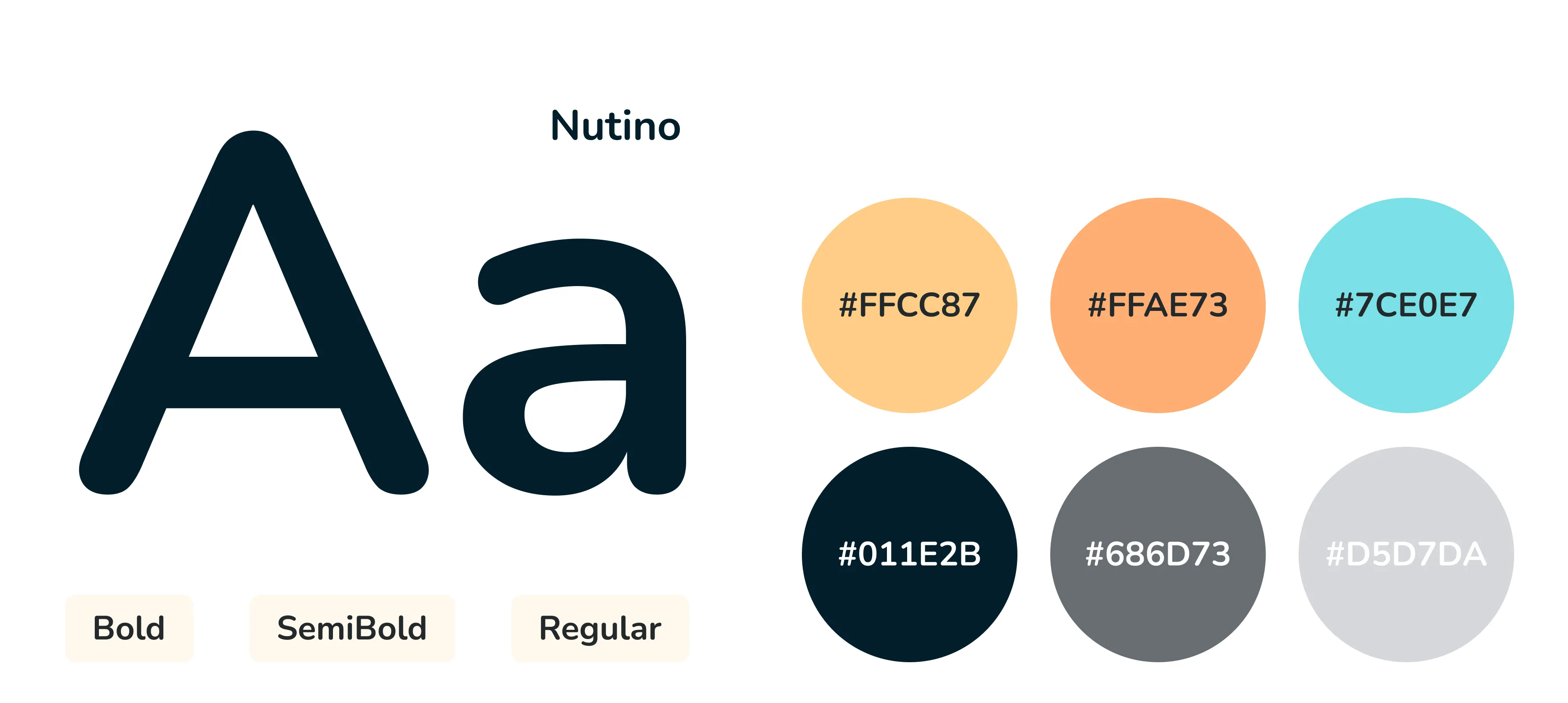
Nunito is a well balanced sans serif typeface superfamily




